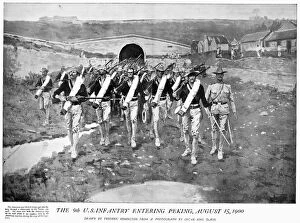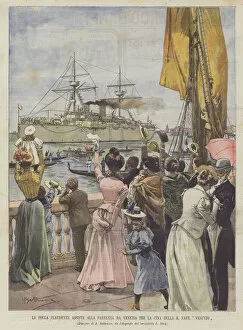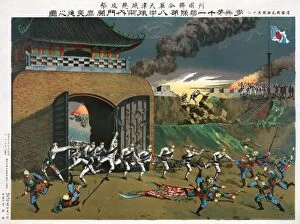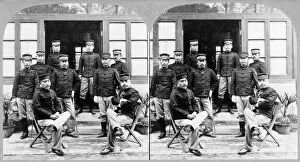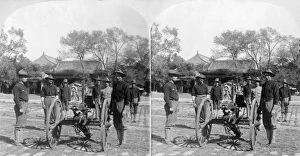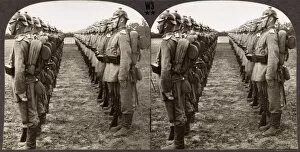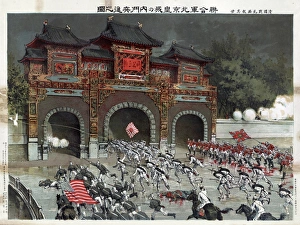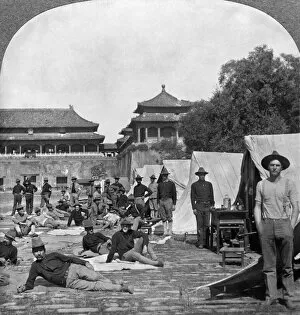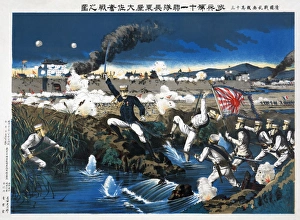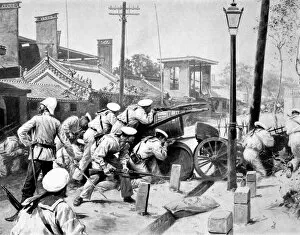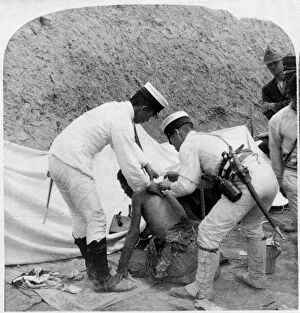Eight Nation Alliance Collection
The Eight Nation Alliance, formed in response to the Boxer Rebellion of 1900, consisted of troops from various countries engaging in a pivotal battle at Tianjin
All Professionally Made to Order for Quick Shipping
The Eight Nation Alliance, formed in response to the Boxer Rebellion of 1900, consisted of troops from various countries engaging in a pivotal battle at Tianjin. British and Japanese forces fought bravely against the Boxer forces, showcasing their military prowess. As the rebellion intensified, American and British troops entered Peking on August 15th, marking a significant turning point in the conflict. The 14th United States Infantry stood strong within the Palace Grounds of Peiping (Beijing), symbolizing their determination to restore peace. Amidst these events in China, a disturbing sight unfolded along the Pei-Ho River between Tien-Tsin and Ta-Ku. Corpses floated on its surface while dogs disputed over them—a haunting reminder of the brutality that had taken place during this rebellion. Italy also played a crucial role as they sent troops to aid in combating this uprising. Their departure from Venice for China was met with applause from an enthusiastic crowd. The Italian contingent joined forces with other nations to form a united front against the Boxers. Cartoons depicting these tumultuous times emerged—one showing Uncle Sam navigating through "the Chinese Labyrinth, " highlighting both his involvement and struggle amidst this complex situation. Another cartoon portrayed Bengal Lancers returning from Count's reception—an image reflecting camaraderie among allies. Japanese troops burst through gates during battles against Boxer rebels—a testament to their unwavering resolve. In Beijing, officers of the Japanese army showcased their leadership skills while stationed there during this period.


